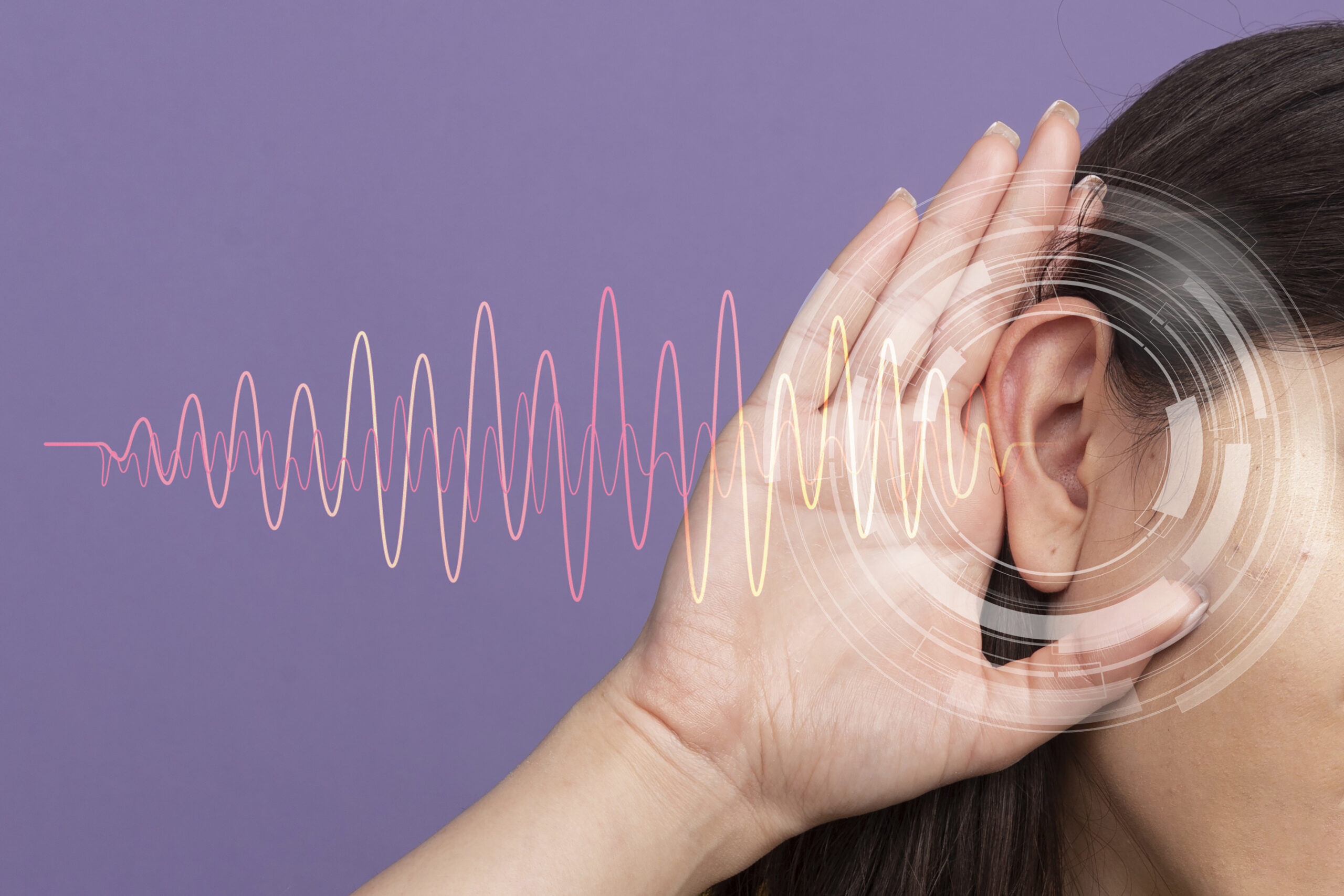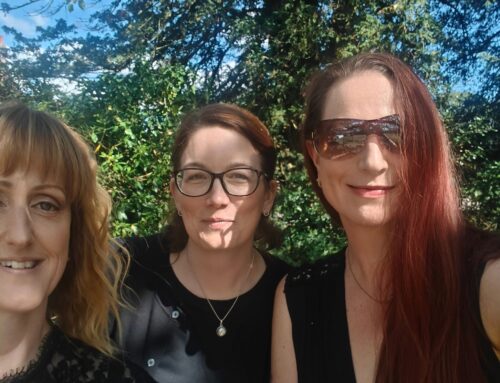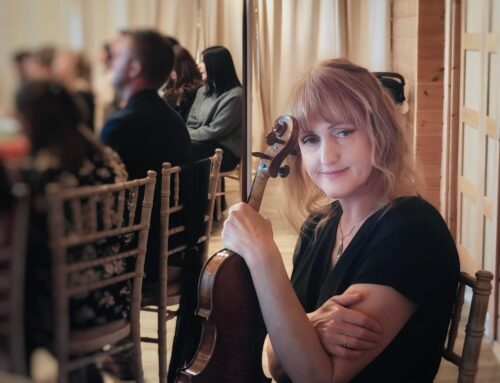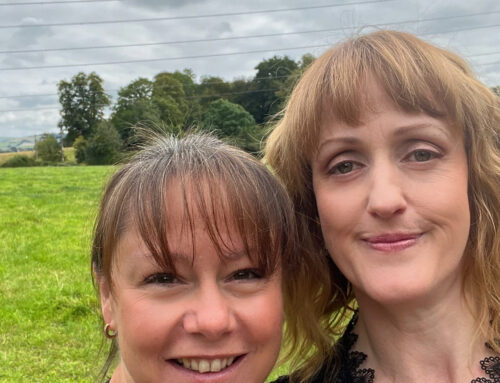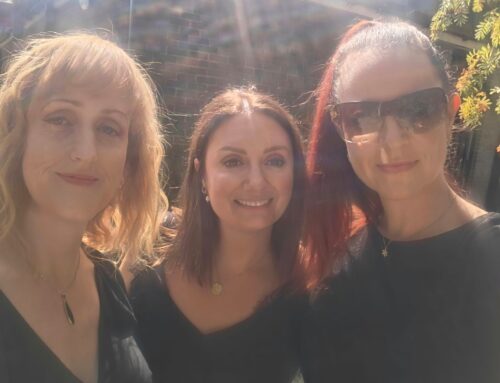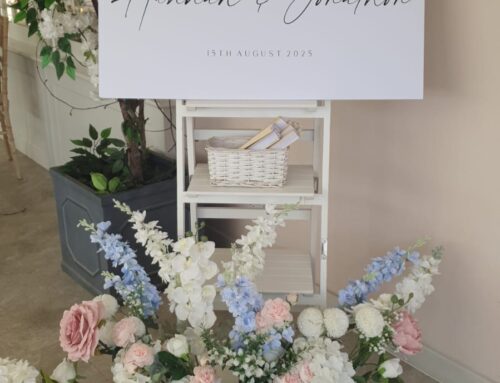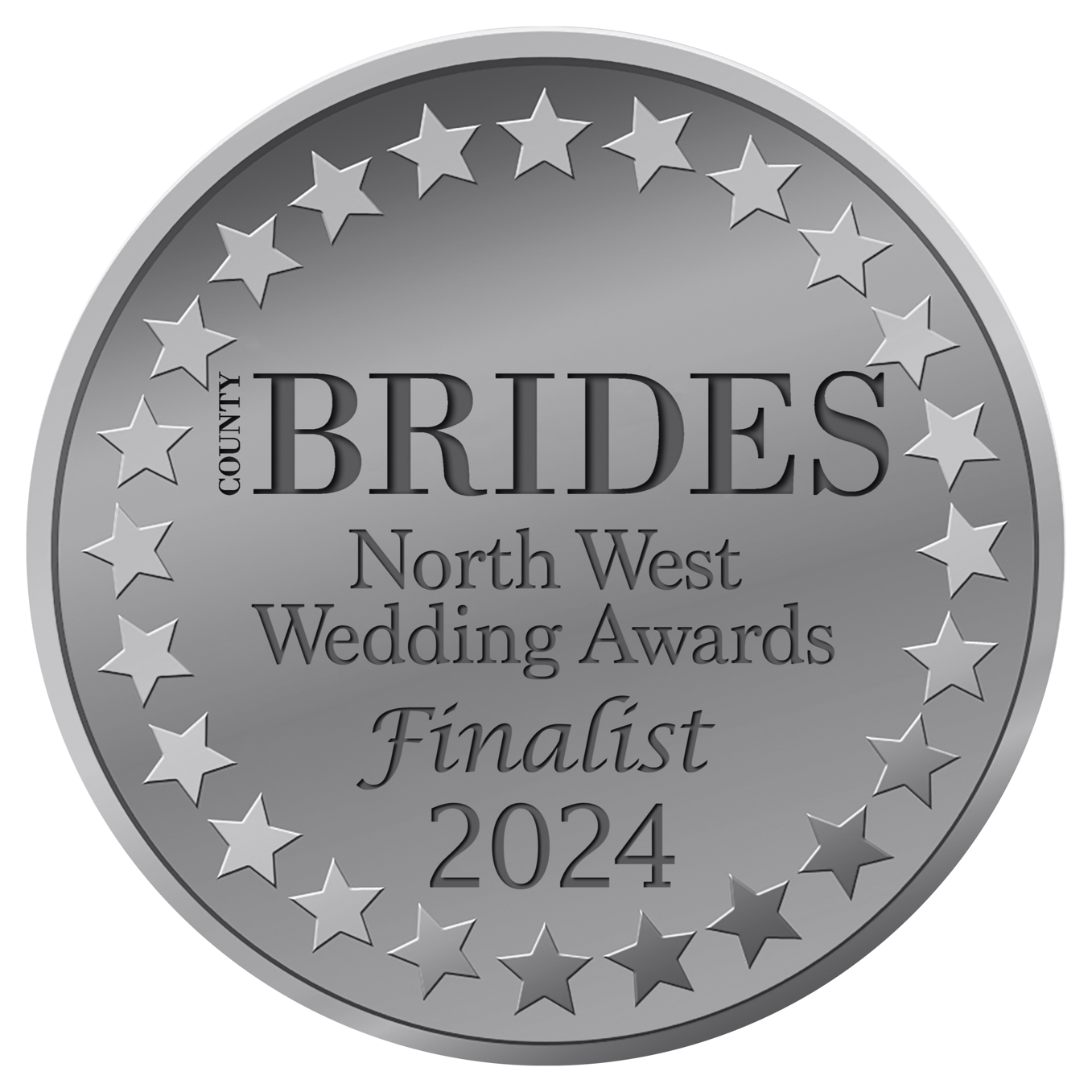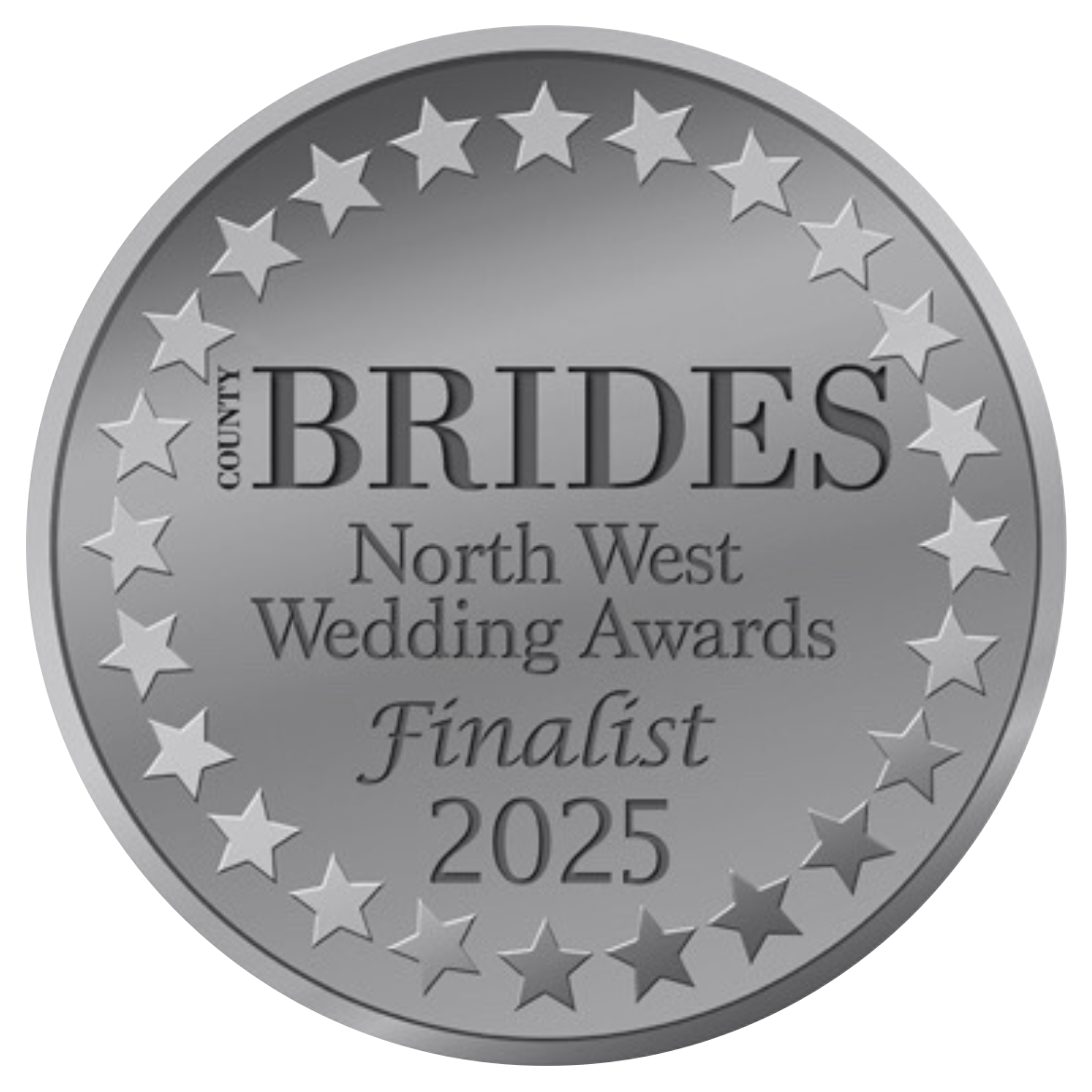Wedding & Event Accessibility Tips
Wedding & Event Accessibility Tips
Overview
Inclusive events ensure everyone can celebrate. Consequently, this guide provides practical steps for weddings and events where amplification is limited. Moreover, you’ll learn how to accommodate hearing, mobility, and visual needs effectively.
1. Understand Your Guests
First, collect accessibility information via your RSVP:
- Hearing aid requirements
- Wheelchair or walking frame needs
- Visual impairments
Additionally, appoint an accessibility coordinator to manage these details and follow up as needed.
2. Seating & Mobility Planning
Next, reserve front-row seats close to the music or officiant. Furthermore, keep décor low to maintain clear sightlines. Then, leave wide aisles for wheelchairs and assistants, ensuring easy movement throughout the venue.
3. Enhance Natural Acoustics
In venues without microphones, position musicians near reflective surfaces (stone or wood). Also, cluster performers close to the audience. Finally, use decorative acoustic panels behind the quartet to boost natural resonance, thus projecting sound more effectively.
4. Choose Auditable Repertoire
Select pieces that carry well:
- Familiar classics (e.g., Pachelbel’s “Canon” or Vivaldi’s “Spring”) ring out clearly.
- Simple textures prevent overlapping lines.
- Dynamic contrast guides attention—loud crescendos followed by softer passages.
5. Provide Accessible Materials
Offer printed programs in large-print, high-contrast layouts. Additionally, supply digital PDFs for smartphones and tablets. Use simple icons to indicate music changes or speeches. Moreover, place clear signage for ceremony flow, cocktail hour, dining, and dancing areas.
6. Reception & Support
Train ushers to guide guests needing extra assistance. Meanwhile, distribute menus via QR codes linking to screen-reader-friendly pages. Furthermore, designate a point person on-site for immediate help with seating or equipment.
7. Integrate Assistive Technology
Although mics aren’t standard, consider portable induction loops that work with hearing aids. Also, if you project images or videos, add captions or provide printed transcripts. Consequently, you remove barriers and improve inclusivity.
8. Collect Feedback
After the event, send a brief mobile-optimized survey to attendees. Then, conduct personal follow-up calls or emails for detailed insights. Additionally, use this feedback to refine future accessibility planning.
Helpful Resources
- RNID Assistive Listening Guide: https://rnid.org.uk/information-and-support/technology-and-accessibility
- Equality Advisory Support Service: https://www.equalityadvisoryservice.com
#AccessibleWeddings #InclusiveEvents #HearingAccessible #EventPlanning #WeddingTips
